Microdiscectomy, also known as microdecompression, is an outpatient and minimally-invasive spine surgery used to decompress the nerve roots and spinal cord, relieving the symptoms of herniated or degenerated discs. Dr. Brian McHugh is an exceptional board-certified neurological surgeon specializing in the latest minimally-invasive spine surgeries, including microdecompression, endoscopic spine surgery, etc.
The microdiscectomy/ microdecompression procedure involves using sophisticated, cutting-edge surgical microscopes, advanced instruments, and specialized techniques to spread the muscle surrounding the spine to operate on the affected discs without cutting the muscles, as is generally necessary during traditional spine surgeries. During the procedure, a robotic microscope visualizes the spine through a small “band-aid” incision measuring 16 to 18mm.
Dr. McHugh is an expert in the latest minimally-invasive spine surgeries, including robotic spine surgery, ensuring smooth and optimal recovery with a negligible risk of complications. However, he only recommends microdecompression as a last resort if non-invasive treatments (medications, epidural injections, physical therapy, etc.) fail to produce the desired results. You can rest assured that Dr. McHugh will exhaust all non-surgical options before considering microdecompression.





